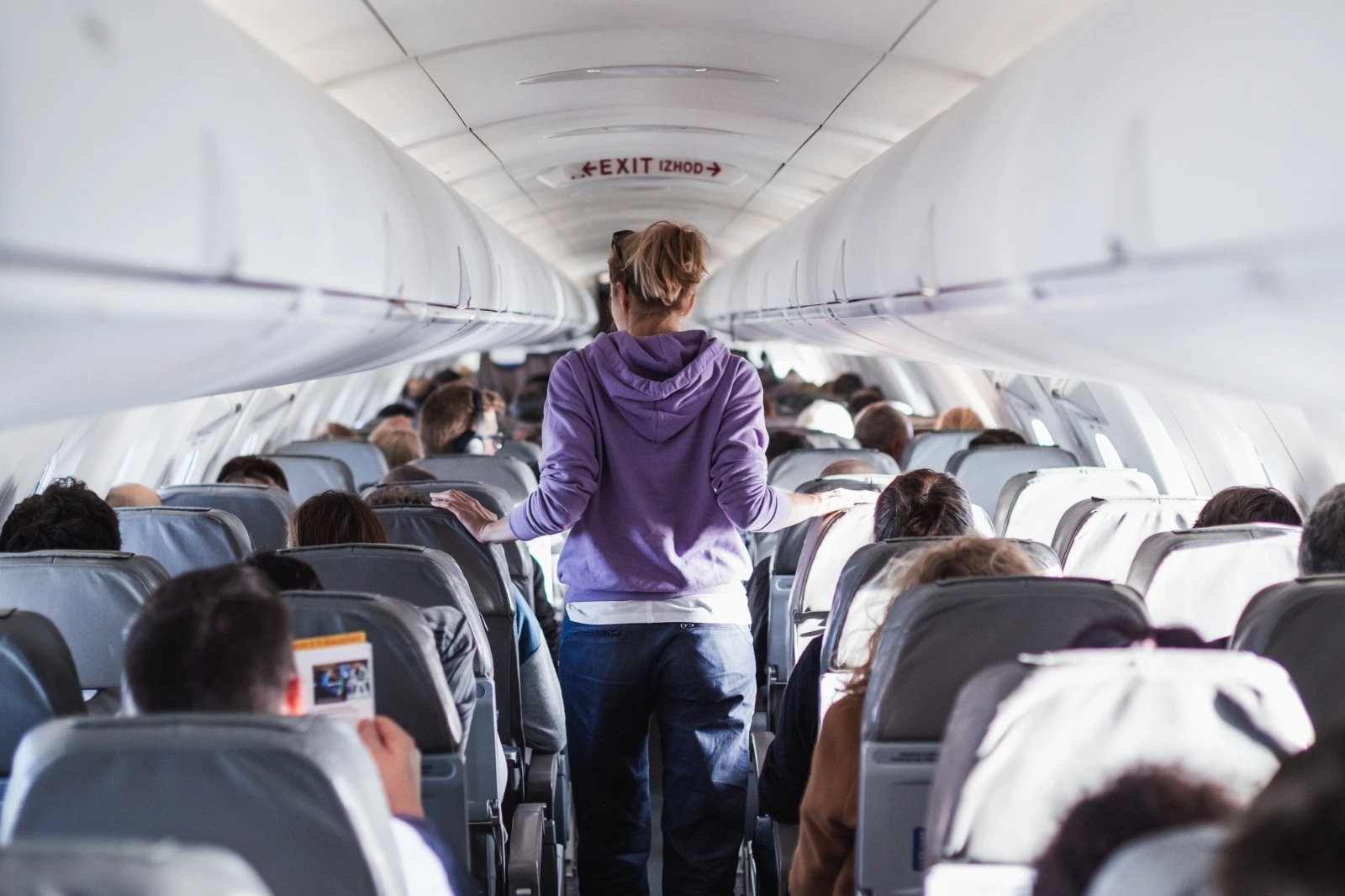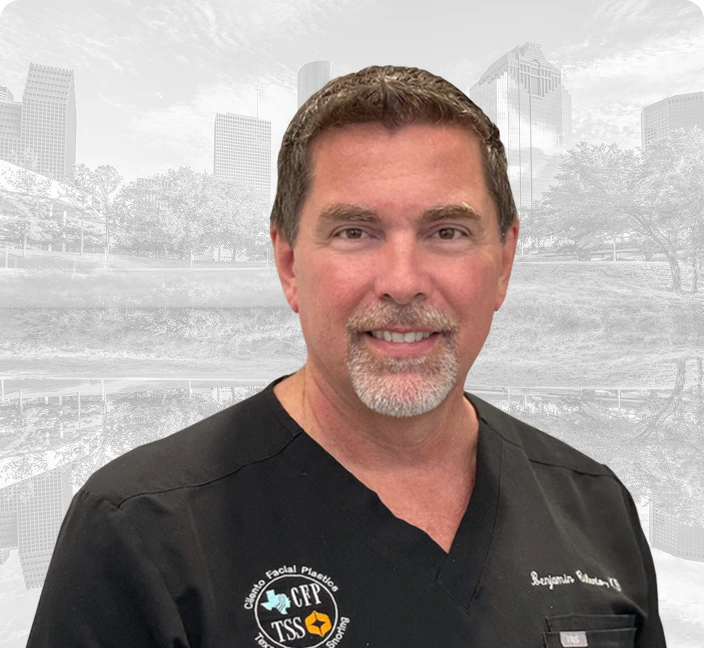Key Takeaways
- Wait at least 7 to 10 days after nose surgery before flying to minimize the risk of complications.
- Consult your surgeon for personalized advice and follow their recommendations.
- Prepare for air travel by packing essential medications and health items.
- Manage your comfort during the flight by staying hydrated and adjusting to pressure changes.
- Monitor for increased swelling and manage any discomfort that may occur after the flight.
Flying After a Nose Job: Tips & Precautions
Flying after nose surgery, or rhinoplasty, requires careful planning and consideration. Your body needs time to heal, and air travel can complicate this process. Therefore, understanding the proper steps and precautions can help ensure a smooth recovery.
Initial Considerations and Quick Tips
Before booking a flight post-surgery, keep these points in mind:
- Wait at least 7 to 10 days before flying to minimize risks.
- Always consult your surgeon for personalized advice.
- Prepare for air travel with essential medications and health items. These steps are crucial in avoiding complications and ensuring a comfortable journey.
Preparation for Air Travel
1. Consult Your Surgeon
- Your surgeon is best equipped to assess your specific case and provide tailored advice on when it’s safe to fly, as well as any additional precautions you should take.
2. Medications to Pack
- Nasal decongestants to help manage pressure changes.
- Saline nasal spray to keep your nasal passages moist.
- Pain relievers as recommended by your surgeon.
3. Health and Safety Items to Bring
- A travel pillow to support your head and neck.
- Plenty of water to stay hydrated during the flight.
- Comfortable, loose-fitting clothing to avoid pressure on your nose.
Understanding the Healing Process
1. The First Few Days Post-Surgery
- Immediately after surgery, your nose will be swollen and bruised. This is a critical period for healing, and it is recommended that you avoid flying. Rest is essential during these first few days.
2. Typical Recovery Timeline
- First Week: Swelling and bruising are most prominent. Avoid flying. Light walking is recommended to reduce the risk of blood clots.
- Second Week: Swelling reduces. Consult your surgeon before considering air travel.
- Third Week: If cleared by your surgeon, you can begin planning your flight.
3. Signs You Are Ready to Fly
- Significant reduction in swelling and bruising.
- No severe pain or discomfort in the nasal tissues.
- Approval from your surgeon.
Managing Comfort During the Flight
Handling Air Pressure (Cabin Pressure) Changes
- Use a nasal decongestant before takeoff and landing.
- Chew gum or suck on candy to help equalize pressure in your ears.
- Consider using earplugs designed for air travel.
Staying Hydrated
Hydration is crucial for recovery. Drink plenty of water to keep your nasal passages moist and reduce discomfort. This is especially important during the initial healing phase, when your nose is still sensitive to environmental changes. Airplane cabins are notoriously dry, which can exacerbate the irritation of healing tissues and increase inflammation.
Avoiding Heavy Lifting and Activities That Elevate Blood Pressure
Using Nasal Sprays to Manage Increased Swelling
Post-Flight Care
After your flight, continue to take care of yourself:
1. Monitoring for Increased Swelling: Flying can sometimes cause swelling to increase. If you notice significant swelling, consult your surgeon immediately.
2. Managing Discomfort After Flying: Use pain relievers as recommended by your surgeon and continue to stay hydrated. Rest and avoid strenuous activities for a few days to allow your body to recover fully.
Precautions to Avoid Complications
1. Avoiding Airborne Illnesses: Airplanes can be breeding grounds for germs. To avoid getting sick:
- Wear a mask to protect yourself from airborne illnesses.
- Use hand sanitizer frequently.
- Avoid touching your face, especially around your nose and mouth.
2. Maintaining Nasal Hygiene: Use a saline nasal spray regularly to keep your nasal passages clean and free from irritants.
3. Avoiding Strenuous Activities: Avoid heavy lifting, intense exercise, and other strenuous activities until your surgeon gives you the all-clear.
4. Avoiding Accidental Bumps: During the recovery period, even a small bump can cause issues at the surgical site. Take safety measures to protect your nose—especially in crowded airports, on the plane, or when storing and retrieving luggage. Consider asking for a seat with more space or boarding early to minimize the risk of accidental contact.
5. Avoiding Alcohol: Refrain from consuming alcohol in the days leading up to your flight and during travel. Alcohol can thin the blood, increase swelling, and interfere with medications you may be taking. It can also dehydrate you, which slows healing and adds to discomfort while flying. Waiting until your surgeon clears you to consume alcohol is an essential step in protecting your recovery.
What Are the Risks of Flying Too Soon After This Cosmetic Surgery?
One major concern is fluid retention, which can worsen swelling and slow the recovery process. The reduced mobility and prolonged sitting during flights may also impair circulation, further contributing to discomfort and renewed swelling. Additionally, exposure to other passengers in a confined space increases the likelihood of illness, which can burden the immune system when it’s already focused on healing.
Many patients who fly too early after rhinoplasty procedures report discomfort from cabin pressure changes, which can trigger nose bleeds and sinus pressure. Long flights and extended periods of inactivity may also increase the risk of complications that could be avoided by waiting until the body has fully healed.
Texas Sinus & Snoring Offers Advanced Rhinoplasty and Post-Surgery Support
At Texas Sinus & Snoring, patients receive comprehensive care before, during, and after their procedure—including specialized guidance for out-of-town patients who may need to travel during the recovery process. Our clinic understands the unique challenges that flying presents after rhinoplasty and provides essential tips to help minimize risks, such as postoperative bleeding, long-term swelling, and complications from cabin pressure.
Texas Sinus & Snoring also offers guidance on when it’s safe to resume normal activities, with a focus on protecting your overall health throughout the recovery timeline. Our personalized approach has earned us a loyal base of satisfied clients who appreciate the clinic’s commitment to both excellent outcomes and patient safety.
Frequently Asked Questions
How soon can I fly after a nasal surgery?
What should I do if I experience severe discomfort during the flight?
Are there specific medications I should bring?
Yes, bring any medications your surgeon has recommended, including nasal decongestants, saline spray, and pain relievers, to manage discomfort and ensure a smoother recovery during and after your flight.
Why is extra care crucial during recovery after rhinoplasty?
Schedule a Free Consultation With Our Experienced Rhinoplasty Surgeon
ACT NOW! GET A FREE CONSULTATION – TODAY ONLY!
CALL US NOW TO LEARN MORE ABOUT HOW A BROKEN NOSE IS REPAIRED BY A PLASTIC SURGEON! 346-413-9313




